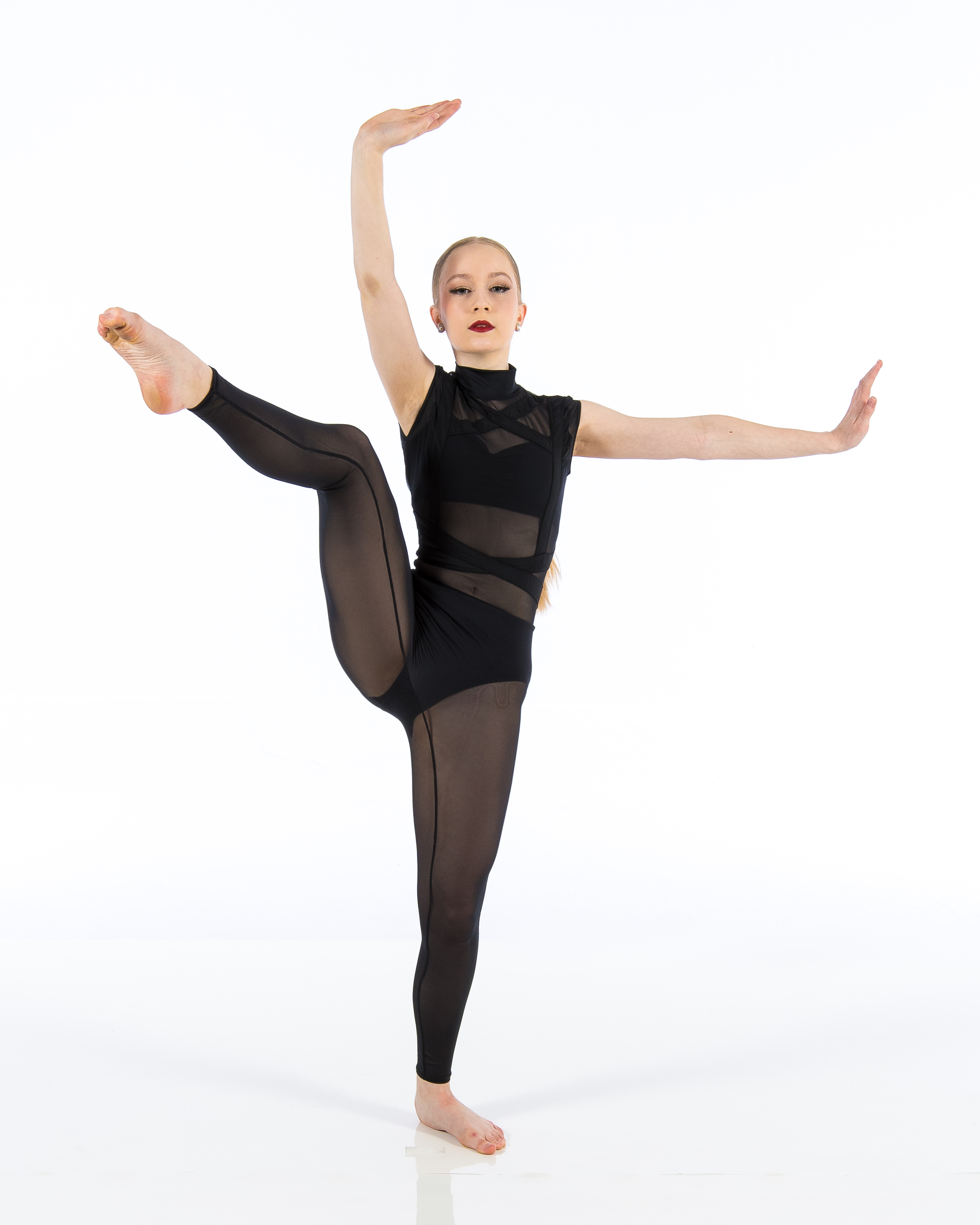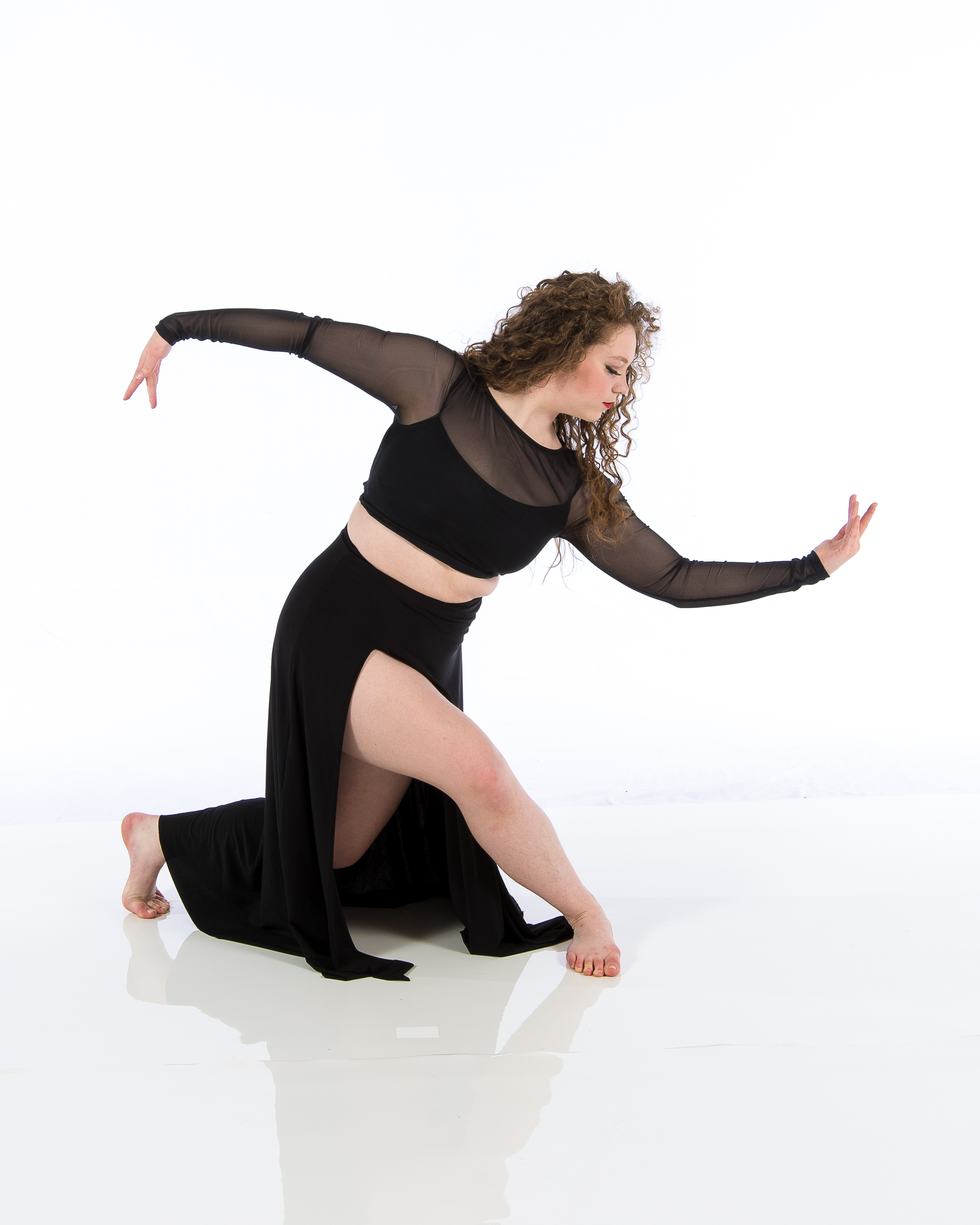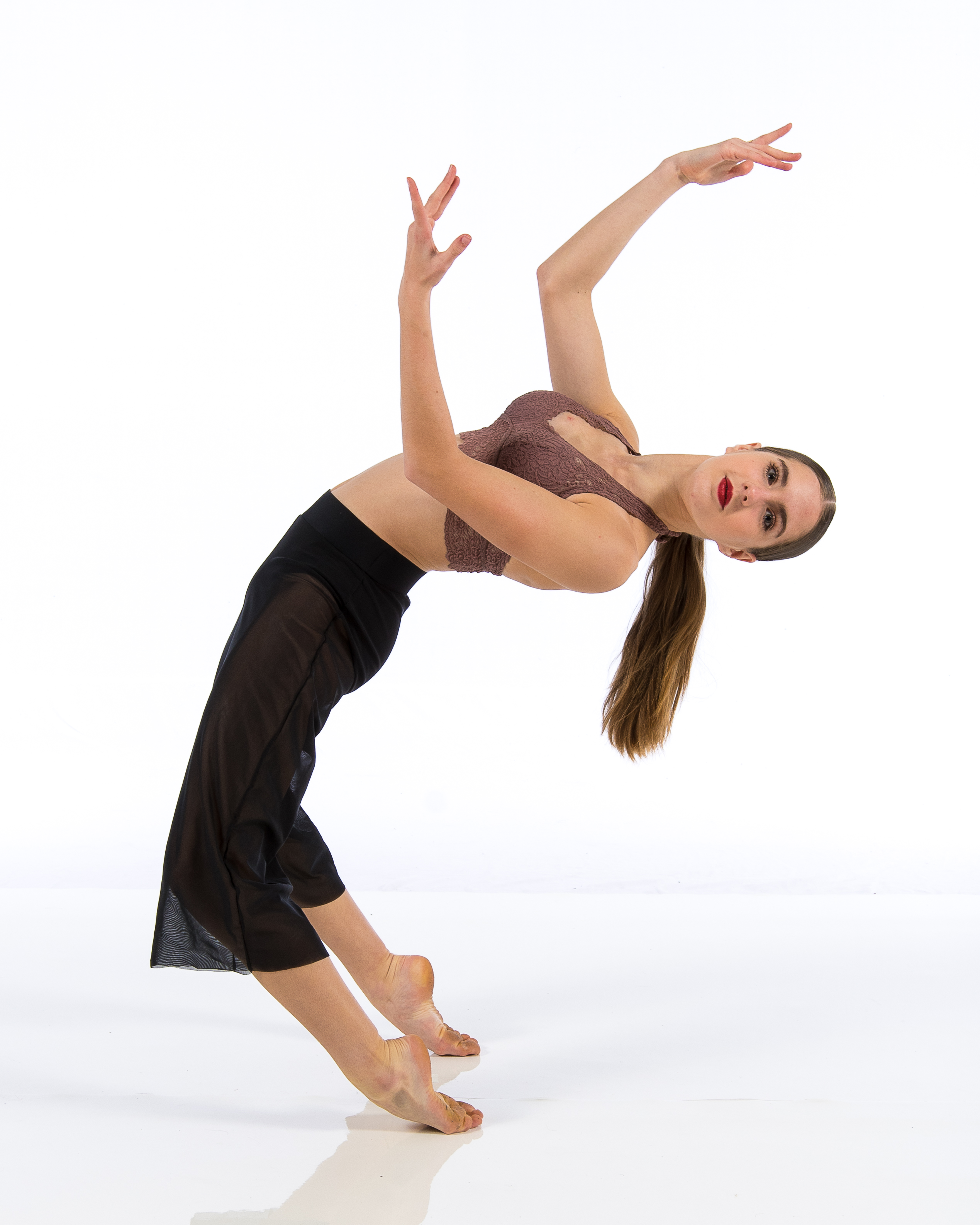Introduction
In the world of performing arts, dancing isn’t just an occupation; it’s a passion that transcends mere movement. For aspiring artists, dance studios are sanctuaries of creativity, nurturing talent and providing invaluable resources. Whether you're a seasoned dancer or just starting your journey, understanding how to leverage studio resources can significantly impact your Dance information artistic trajectory. In this comprehensive guide, we’ll delve deep into the myriad ways dance studios can empower you to shine on stage and in life.
Dancing Your Way into the Spotlight: Studio Resources for Aspiring Artists
When it comes to honing your craft as a dancer, dance studios aren’t just places to learn choreography; they’re vibrant ecosystems filled with opportunities. From professional instructors to state-of-the-art facilities, these studios provide the essential tools for aspiring artists to express themselves fully.
The Role of Dance Studios in Artistic Development
Why Are Dance Studios Essential?

Dance studios serve as the foundation for developing technical skills and artistic expression. They offer structured environments where dancers can train rigorously while also exploring their individuality.
Who Can Benefit from Dance Studios?
Everyone from beginners seeking basic instruction to advanced dancers looking for specialized training can find value in dance studios. The diversity in classes allows participants of all ages and skill levels to benefit.


Types of Dance Classes Offered
A Variety of Styles: What’s Right for You?
Dance studios typically offer a range of styles:
Ballet Jazz Hip-Hop Contemporary Tap Latin DanceEach style Doty Performance has its own unique flair and requirements, appealing to different preferences and goals.
Finding Your Perfect Dance Studio
What Should You Look For?
Choosing the right dance studio is crucial for your growth as an artist:
- Instructor Qualifications: Ensure that teachers have professional backgrounds. Class Size: Smaller classes allow for more personalized attention. Facility Quality: Look for clean, spacious studios with proper flooring. Community Feel: A supportive atmosphere fosters creativity.
Studio Resources: More Than Just Space
What Additional Resources Do Studios Provide?
Beyond lessons, many dance studios offer resources like:
- Access to performance opportunities Workshops with guest artists Networking events Fitness classes to complement dance training
These elements contribute significantly to an aspiring artist's journey.
The Importance of Performance Opportunities
How Do Performances Enhance Learning?
Performance experiences are vital for budding dancers:
- They build confidence. They help refine stage presence. They allow dancers to showcase their skills.
Participating in recitals or competitions is often a highlight of studio life!
Networking Within the Dance Community
Why Is Networking Important?
Networking opens doors! You never know when a casual conversation with an instructor or fellow student could lead to collaboration opportunities or job offers down the line.
Building Relationships with Instructors
How Can Instructors Help You Grow?
Developing rapport with your instructors can be immensely beneficial:
They offer personalized feedback tailored to your strengths and weaknesses. They might connect you with other professionals in the industry. Their mentorship can provide invaluable insights into navigating a career in dance.Staying Motivated Through Structured Training
What Are Effective Ways to Keep Your Momentum Going?
Consistency is key! Setting short-term goals can help maintain motivation—whether it’s mastering a tricky routine or improving flexibility.
FAQ Section
1. What should I wear for my first dance class?
- Comfortable clothing that allows freedom of movement is ideal—think yoga pants and fitted tops!
2. How do I choose between different styles of dance?
- Experiment! Take introductory classes in various styles until you find what resonates with you.
3. Are adult dance classes available at most studios?
- Yes! Many dance studios offer adult classes catering specifically to beginners or those returning after years away.
4. Do I need prior experience before joining a class?
- Absolutely not! Most beginner classes are designed for those without any prior experience.
5. Can I still pursue dancing if I have other commitments like work or school?
- Definitely! Many studios offer flexible schedules so you can fit classes around your other responsibilities.
6. How often should I attend classes each week?
- It depends on your goals but attending at least two classes weekly is generally recommended for optimal progress.
Conclusion
In wrapping up our exploration into “Dancing Your Way into the Spotlight: Studio Resources for Aspiring Artists,” it's clear that dance studios play a pivotal role in shaping future performers. They provide more than just space—they create communities where creativity flourishes and skills sharpened day by day.
Remember, every great dancer started somewhere, often within the walls of a humble studio filled with laughter, sweat, and dedication. So lace up those shoes, step inside that studio door, and let your journey unfold!
This article aimed at providing aspiring artists insights into utilizing studio resources effectively while maintaining an engaging tone throughout its entirety—after all, dancing isn’t just about moving; it’s about expressing who you truly are!